
Innovation Center

Innovation Center
Creation of support in the provision of suitable personnel using modern training and technical developments through innovative research.
Creating excellence and innovation in learning by supporting innovative programs, labs and initiatives that provide students and youth with opportunities to improve their skills.
Center for providing advice and instructions on the roadmap for creating a project, the stages of increasing the effectiveness of the project, when creating technical developments by young people, including university students.












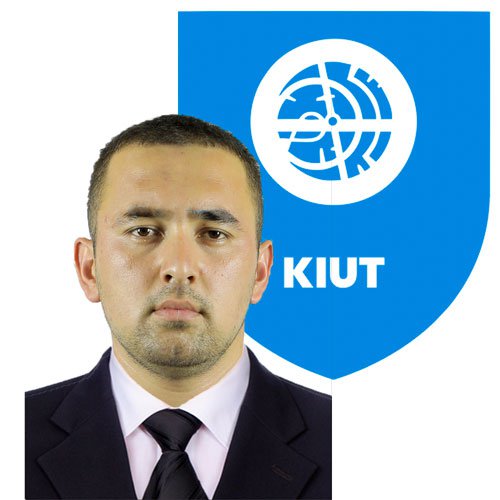
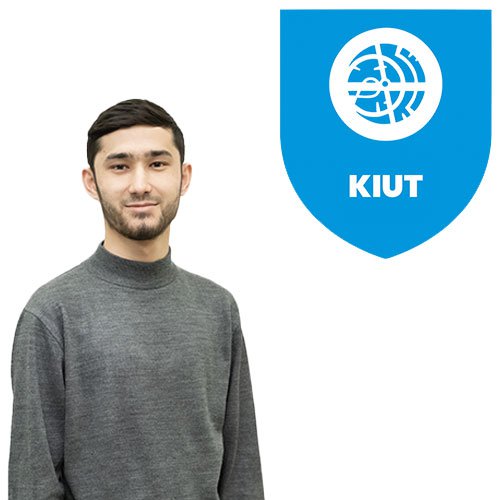
The architectural modeling laboratory is equipped with modern equipment and 3D printers for creating architectural models, wide desktops created for students, walls surrounded by composite three-dimensional models, which help to increase the activity of the creative process.
First, students create their creative work from a draft design, that is, the initial part of the idea by hand, and then complete the main parts of the project on our modern equipment and special printers. At present, the most widely used products are mainly styrofoam, acrylic, plywood, HDF and styrofoam. Thanks to the spaciousness and convenience of our laboratory, modern materials can be used to produce a complex of various sizes.
Storing samples of work done by students in our laboratory helps to improve the quality of the process.
Upon completion of the idea, decorating the project with flowers is one of the final tasks in the laboratory.

In this laboratory, teachers teach "Electric basic practice", "Basic of Electronics", "Electrical writing practice". This laboratory is equipped with a high-precision frequency generator, an oscilloscope, high-precision laboratory multimeters, and an electronics laboratory stand with special multi-voltage capabilities. In addition, students have the opportunity to design and build printed circuit boards. The laboratory has all the necessary equipment and materials for electronic components and soldering. In this laboratory, students conduct practical work in the field of electronics and electricity.
An oscilloscope is a device that allows you to track the relationship between two or more quantities (parameters and functions; electrical quantities) and automatically records curves of changes in quantities over time. Used to solve various technical issues. A function generator is a device that has the ability to create diagrams of various mathematical functions.
A multimeter is a device for digital measurement of basic electrophysical quantities. Power Supply - This device provides a DC source of power from an AC source. Technical capability: 30VDC 5A In the electrical laboratory, students strengthen their theoretical knowledge using training stands with the help of a teacher. Students have the opportunity to use training stands in the laboratory under the guidance of a laboratory assistant.
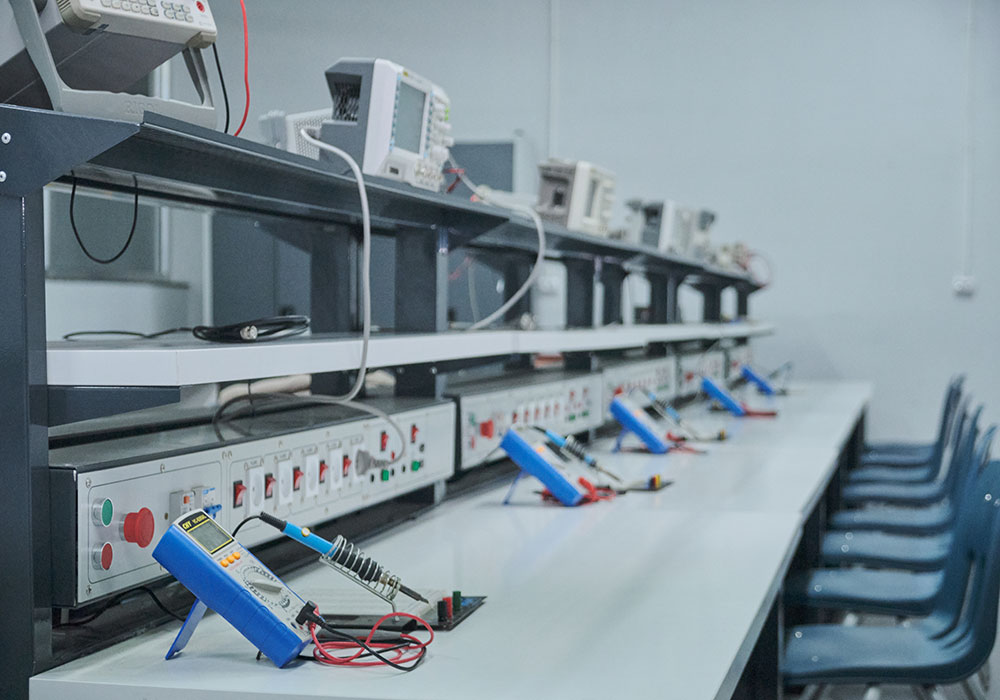
The mechatronics laboratory is organized for the practical application of theoretical knowledge in the field of mechatronics. The mechatronics laboratory consists of 2 parts. The first is provided with the necessary equipment and conditions for teachers and students to provide theoretical knowledge. The second provided educational stands related to the field of mechatronics. The laboratory is equipped with 6 training stands. Such as the:
1. Training stand of Pneumatics.
The pneumatic training stand is equipped with a variety of pneumatic related training equipment. Students will be able to perform various practices with this bench equipment by mechanically controlling the air pressure.
2. The training stand of Electropneumatic.
The electropneumatic training stand is equipped with electrical modules, controllers and pneumatic equipment. Students will be able to perform various practices with this bench equipment by controlling air pressure with electrical equipment and a controller.
3. The training stand of Sensorics.
The Sensorics training stand is equipped with various sensors, controllers and electrical modules. With the help of this stand, students will be able to use the sensors, receive information from them and perform various practices.
4. Training stand of Stepper motor.
The stepper motor training stand is equipped with a stepper motor, controller and electrical modules. With this stand, students will be able to control the movement of a stepper motor using a controller and perform various exercises related to stepper motors.
5. Training stand of Servomotor.
The Servomotor training stand is equipped with a servomotor, a controller and an electrical module. With this stand, students will have the opportunity to control the movement of the servomotor with the controller and perform various exercises related to the servomotor.
6. The training stand of Hydraulic.
The hydraulic training stand is equipped with a variety of hydraulic training equipment and electrical modules. Students will have the opportunity to conduct various practices using this bench equipment, controlling fluid pressure mechanically and using an electrical module.
In the Mechatronics laboratory, students consolidate their theoretical knowledge by putting it into practice on training stands with the help of a teacher. Students will have the opportunity to use laboratory training stands under the supervision of a laboratory assistant outside of school hours.


The Renewable Energy Laboratory is equipped with modern equipment and basic computing devices in the field of "Renewable Energy", wind turbines, solar panels, as well as PLC devices used in process automation. The laboratory "Renewable Energy" allows students to master alternative methods of obtaining energy through practical exercises.
Solar panel test stand: This device allows you to test solar panels in the laboratory using artificial sunlight, get technical information about them, and students can check the data received from solar panels by changing the luminous flux, the angle of incidence of light.
Wind Turbine Stand: This stand is divided into 2 parts: Vertical and Horizontal axis wind turbine.
With the help of this stand, students study the methods of converting the kinetic energy of the wind into electrical energy and the aerodynamics of wind turbines.
Electrotechnical stand: This stand is made in 8 copies and is equipped with high-precision devices for measuring the magnitude and consumption of energy and a computer to optimize the student's educational process. With these stands, students can program and test a PLC module that is derived from a solar panel and a wind turbine.
In the laboratory of Renewable energy, students strengthen their theoretical knowledge using training stands with the help of a teacher. Students will have the opportunity to use training stands in the laboratory under the guidance of a laboratory assistant.


The university has a laboratory of building materials, where students study the following basic properties of building materials:
In the laboratory of construction materials, students strengthen their theoretical knowledge by applying it in practice with the help of the teacher. Students will have the opportunity to use educational stands in the laboratory under the guidance of a laboratory assistant.

In this laboratory, students apply their theoretical knowledge in such subjects as "Digital logic circuit", "Arduino", "Logics and algorithms". The laboratory has a set of sensors that are mostly controlled by Arduino and provide basic knowledge. In addition, the laboratory has robotic equipment and Raspberry Pi minicomputers. This lab is located in Lab 102 in building B of the University.
In the Robotics Lab, students reinforce their theoretical knowledge using training stands with the help of a teacher. Students will have the opportunity to use training stands in the laboratory under the guidance of a laboratory assistant.

Completed projects
 This stand is mainly designed for students studying in the field of Lift Engineering, who will have the opportunity to put their theoretical knowledge into practice with this educational stand. The elevator training stand is made in 2 copies, each of which consists of 5 floors. This training stand consists of separate stepper motors for cabin and door movement, weight for cabin balance, sensors for motion control and a control system (PLC). The stand is designed for indoor use at temperatures from +5C to +35C and relative humidity from 30% to 70%. With the help of this stand, students learn how to work with sensors, control stepper motors and write codes for a control system called a PLC. At the lift training stand, students strengthen their theoretical knowledge by applying it with the help of a teacher. Students will have the opportunity to use this training stand under the supervision of a laboratory assistant outside of class.
This stand is mainly designed for students studying in the field of Lift Engineering, who will have the opportunity to put their theoretical knowledge into practice with this educational stand. The elevator training stand is made in 2 copies, each of which consists of 5 floors. This training stand consists of separate stepper motors for cabin and door movement, weight for cabin balance, sensors for motion control and a control system (PLC). The stand is designed for indoor use at temperatures from +5C to +35C and relative humidity from 30% to 70%. With the help of this stand, students learn how to work with sensors, control stepper motors and write codes for a control system called a PLC. At the lift training stand, students strengthen their theoretical knowledge by applying it with the help of a teacher. Students will have the opportunity to use this training stand under the supervision of a laboratory assistant outside of class.
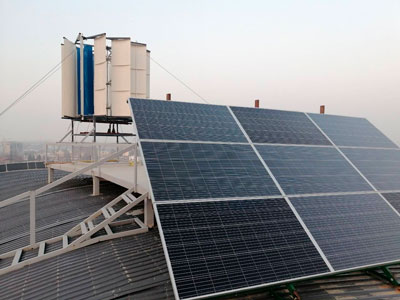
The Vertical Axis Wind Turbine is a wind generator installed in the B building of Kimyo International University in Tashkent, unlike traditional wind turbines, this generator does not adversely affect the change in wind direction. This generator was installed in order to reduce the external electricity consumption of the university. The wind generator reaches the optimal operating mode when the wind speed reaches 4-6 m/s. The maximum power of this device is 500W. A distinctive feature of this wind generator is that the power of the installation can be increased by adding additional wind generators, and the design of the device allows this.
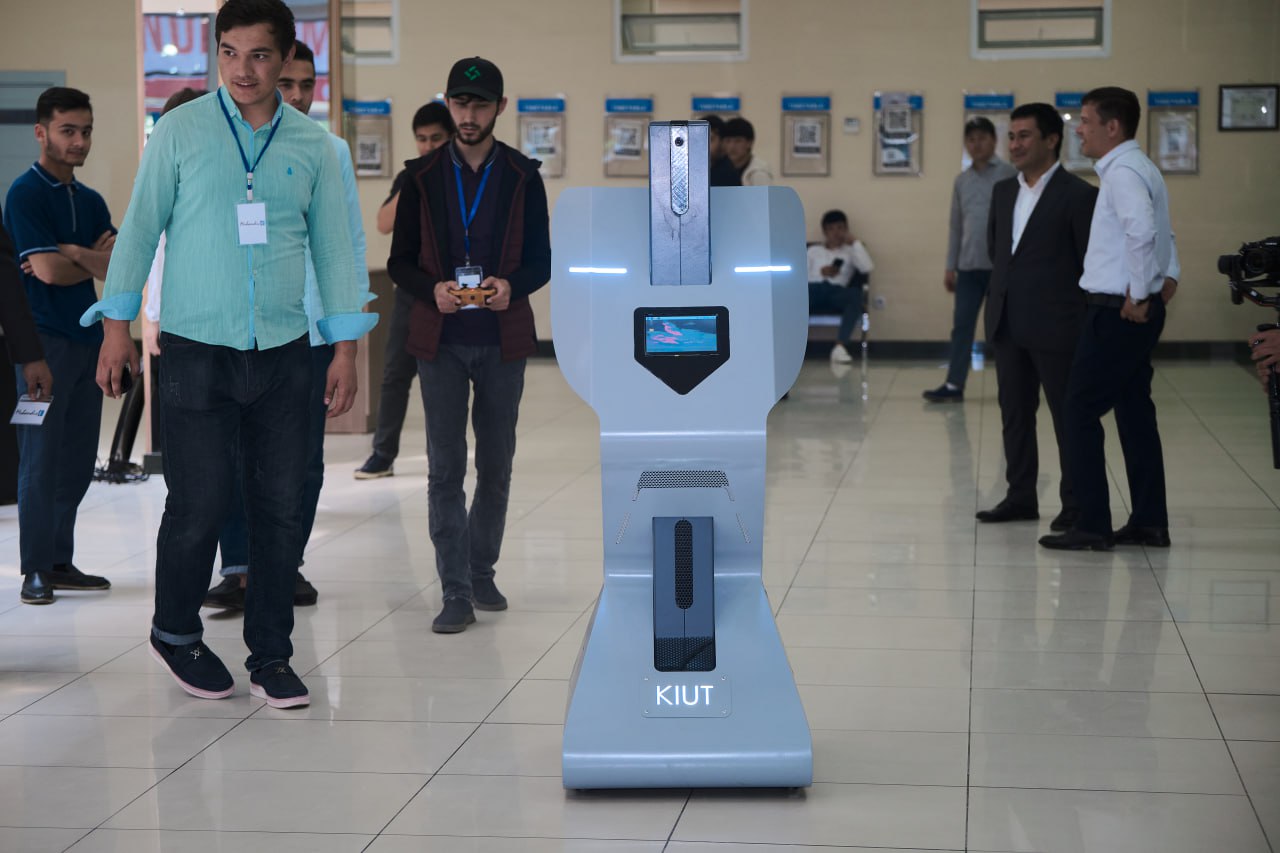
Robot KIUT 1.0 :
Functionality: A robot adapted to perform general tasks such as identifying persons included in the database by facial recognition and providing information about the University.
Robot KIUT 2.0 :
a) Acquaintance: Asking a person in a new conversation to include him in the database, after receiving the "I agree" answer, performs the task of including him in the database. At the next meeting, he will have the opportunity to get to know and tell information about him.
b) Connecting with Artificial Intelligence.
Muhandis D
Areas integrated with IT in the development of society are often described as a topical specialty of today, and at the same time in the field of production young professionals with the ability to work with modern equipment imported from abroad are always in the interest of large manufacturers. Muhandis D start-up within the Innovation Center is the incubation address of the above-mentioned personnel. The main purpose of this start-up is to solve the above problem by training technical engineers in accordance with modern requirements and supply at the Institute. On Muhandis D scale, a student who is interested in all the technical disciplines of the Yeoju Technical Institute and selected in the test will study in a sequence in the fields of CAD, Robotics, Electronics, Programming, Metal Construction and Mechatronics and will be able to work on technical developments.
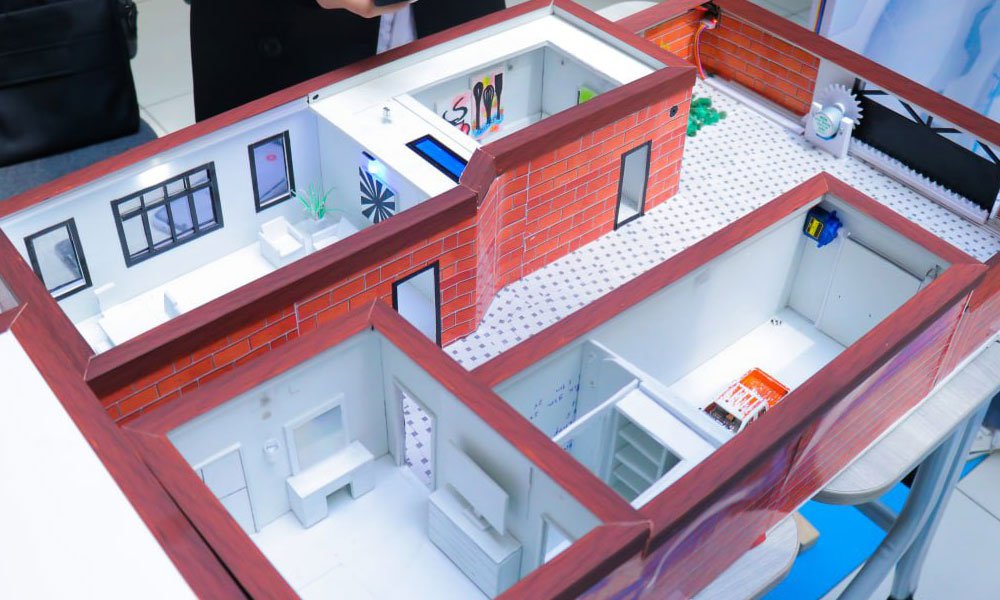



On going projects
Industry 4.0 is revolutionizing the way companies manufacture, improve and distribute their products. Manufacturers are integrating new technologies, including Internet of Things (IoT), cloud computing and analytics, and AI and machine learning into their production facilities and throughout their operations.
These smart factories are equipped with advanced sensors, embedded software and robotics that collect and analyze data and allow for better decision making. Even higher value is created when data from production operations is combined with operational data from ERP, supply chain, customer service and other enterprise systems to create whole new levels of visibility and insight from previously siloed information.
This digital technologies lead to increased automation, predictive maintenance, self-optimization of process improvements and, above all, a new level of efficiencies and responsiveness to customers not previously possible.
Developing smart factories provides an incredible opportunity for the manufacturing industry to enter the fourth industrial revolution. Analyzing the large amounts of big data collected from sensors on the factory floor ensures real-time visibility of manufacturing assets and can provide tools for performing predictive maintenance in order to minimize equipment downtime.
Industry 4.0 concepts and technologies can be applied across all types of industrial companies, including discrete and process manufacturing, as well as oil and gas, mining and other industrial segments.

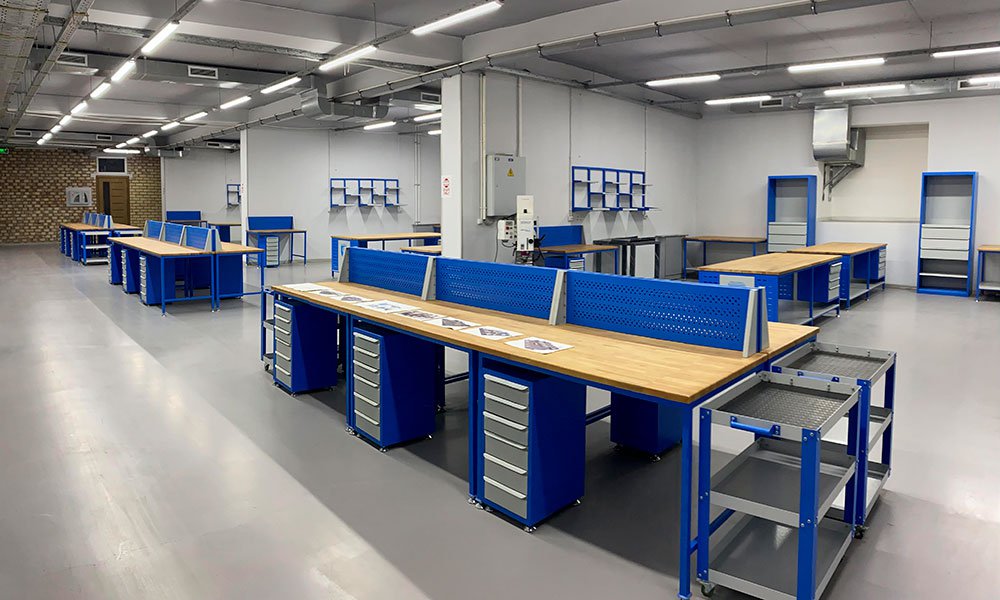

Photos from Innovation Week 2022 in Germany

DAEGO GLOBAL ROBOT BUSINESS FORUM 2022

Photo from «World Future Energy Summit» in Abu Dhabi, UAE

InnoWeek.uz - 2021 International Robotics Competition as part of the Week of Innovative Ideas

Winners of IRC 2021

Cooperation with Hyundai Elevator in Uzbekistan

A memorandum of cooperation was signed between the Enter Engineering group of companies and Kimyo International University in Tashkent

Cooperation has been established between the advanced and promising complex of TECHNOPARK LLC and Tashkent International University Kimyo